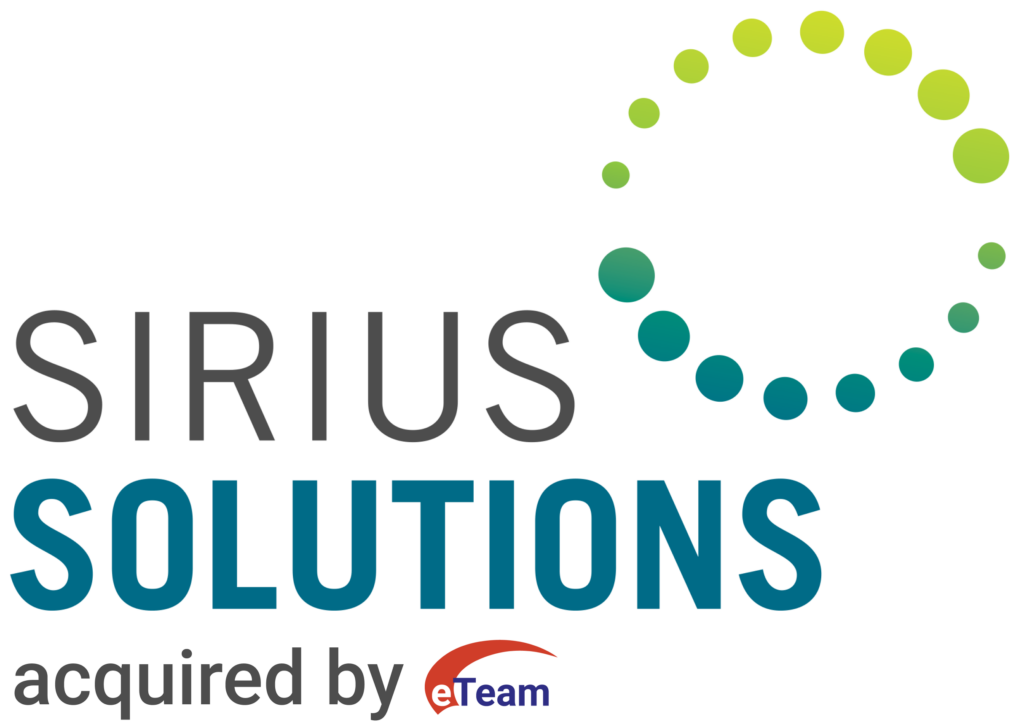ESG and Preparing for the Future
In the business community, Environmental, Social & Governance (ESG) is the buzzword of the moment. But how does a company develop an ESG strategy? ESG frameworks are used by investors to evaluate companies, usually for investments.
The Social criterion focuses on how the company treats its people (e.g. human capital management, diversity and equal opportunity policies, work conditions, health and safety, and product mis-selling), while the Governance criterion focuses on how a company is run (e.g. executive remuneration, tax practices, corporate governance, corruption, and board diversity and structure).
In ESG investing, the fundamental idea is that companies are more likely to succeed and deliver strong returns if all of their stakeholders – employees, customers, suppliers, and wider society including the environment – are satisfied, not just the company owners. As a result, ESG analyses consider how companies serve society and how this impacts current and future performance. ESG analyses go beyond present activities. Considering future trends is extremely important, and should always include disruptive changes that can have major impacts on a company’s profitability or very existence in the future.
A socially and environmentally responsible investment framework is a set of standards used by investors to evaluate companies. It is also a way for companies to communicate with non-financial stakeholders about their sustainability efforts, their moral stewardship, and their relationships with their employees, contractors, and customers, as well as the governance structures they have set up to ensure accountability, transparency, and integrity.
Energy companies are addressing climate change-related operational and reporting objectives as consumers, governments, regulators, and investors focus on it. Investors are also increasingly reporting on climate-related financial risks, as well as other priority environmental, social, and governance factors. Not only do they want to know which companies will deliver the largest returns, but also how resilient their investments are and how much they contribute to society.
It is an opportune moment for the energy industry to embrace ESG in the form of sustainable investment and a resilient framework since they are both a catalyst for climate change and keys to the future of clean energy. The goal is to let the public know what positive steps your company is taking to demonstrate progress.
Among the most critical metrics for energy companies looking to position themselves favorably with investors is their environmental performance. Managing their impact and ensuring they remain competitive and investable in the market requires the following factors:
• Reducing Greenhouse Gases: Gas molecules in the atmosphere which absorb and emit heat
• Greenhouse gas mitigation: reversing global warming by decreasing atmospheric greenhouse gas concentrations.
• Flaring: Different operational practices, such as burning or not burning, affect emissions.
• Regulating new regulations: Low regulations found in North America regarding greenhouse gas emissions will soon become a thing of the past, and tighter regulations will be in place.
Investors call for increased ESG disclosures
There has been a significant rise in interest in clean energy and the stakes are shifting rapidly as investors and stakeholders alike seek more information about ESG initiatives. In contrast to divestment, socially responsible investment (SRI) aims to help investors identify holdings aligned with the values of an organization. There are questions about sustainability facing energy companies of every size and organization structure. The energy industry can respond to inquiries on clean energy and other ESG topics by highlighting its strengths and areas of progress.
A cogent narrative about clean energy accomplishments and future ambitions is a successful approach to an investment community that is increasingly dominated by generalists over time. Especially in this environment, where investors are drawn from a broader range of industries than they were in the past, organizations need to communicate a clear position on clean energy and green investment. It is the responsibility of energy companies to explain the steps taken – or not taken – and the decision-making processes that underlie those steps. Organizations must outline their clean energy and ESG trajectories over the next few years and share them with shareholders, even if not all investors are satisfied with current levels of investment. Partial progress is better than surprises, even if they are not fully laid out.
The Importance of Planning Ahead
Energy companies should now begin to determine what they want to accomplish and who will take charge of that effort, to determine what type of data they require and how to gather it annually, to set policy controls, and to publish the results. Companies are asking questions about ESG, whether it questions about tightening regulations around emissions or expectations for net-zero targets. Further, there is no doubt that investors are playing a big role in the voluntary disclosure environment, placing a high value on organizations and companies which have clear ESG practices and goals.
For government sustainability incentives and penalties to be effective, everyone must bear some of the burdens. By adhering to compliant strategies and practices, businesses can both lessen negative impacts and gain funding and tax benefits.
To accomplish this goal, they must keep up with new environmental legislation, regulation and initiatives wherever they do business, and put in place systems and procedures that allow them to stay informed as these evolve and change.
How the Sirius Solutions Tool Kit Delivers Value
While we have always presented best practices by sharing ideas across departments to produce stronger results, Sirius Solutions is increasingly turning to technology to deliver even greater value. When data and policy challenges are addressed, technology can play a more significant role.
The Salesforce platform can help businesses determine how sustainable they are. ESG analytics and insights are, however, dependent on the information available. Accurate data is the key to gaining insight from Salesforce, while the policy is vital to seeing consistency in ESG data.
